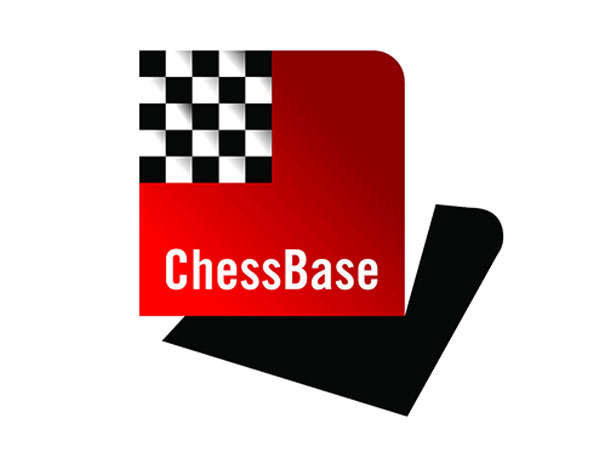


 Sam
Collins: Know the Terrain Vol 3. Central Majority
Sam
Collins: Know the Terrain Vol 3. Central MajorityKnow the Terrain Vol 3. Central Majority (DVD) by Sam Collins, ChessBase. Playing Time: 4 hrs 39 min. $31.95 (ChessCafe Price: $27.95)
I really enjoyed the last Know the Terrain video, and the material in this one is probably even superior, as Collins discusses this idea of a central majority in ways I have not read or heard about before. It is an important theoretical contribution and anyone getting through the DVD will have weapons at his disposal (these weapons being ideas!) that his opponents will not have.
The idea behind these videos is that prepared lines don't win all that many games – knowledge wins the tough tournament games. In this case specifically, superior knowledge of the pawn structures that typically arise from various openings. The fact that such knowledge should be transferable between different openings that have similar structures is another good weapon. When I was competing regularly, I grouped all of my openings, for white and black into ones that led to similar middlegame structures. This reduces the amount of time you have to spend on memorizing openings (general ideas will take over when memory of specific lines fails) and gives you the middle- and endgame advantage over your opponent.
Collins defines this central majority as white pawns on a2, d4, and e4 against black pawns on a7, b7, and e7. These structures appear quite often in the Grünfeld and Semi-Tarrasch Defenses. White has a space advantage that gives him the initiative in the middlegame and a potential kingside attack. Black's goal is to reach an endgame where his outside passed pawn may prove to save the day. A related construction covered is the passed d-pawn structure that arises when the e-pawns are exchanged. The short question here is whether that passed pawn is a strength or a weakness. Kramnik and Carlsen are the main proponents of this type of structure from the white side, while Svidler, Ivanchuk, Van Wely, and Gymesi are the primary proponents from the black side.
In my youth, I was impressed with several Spassky games utilizing such structures. The positions are definitely unbalanced – I had many satisfying wins with the structure Collins set forth, and many frustrating losses. Here are the two basic positions, one arising from the Semi-Tarrasch:

And the other from the Exchange Grünfeld:

The sections are as follows:
No less than thirty-four illustrative games are used, and for those who want modern games, you will not be disappointed. The seminal game is Polugaevsky-Tal, 1969, where "Polu," with outstanding preparation, rips Tal's ...Nc6 line to shreds and even has the ability to develop a kingside attack that includes every player's favorite, Bxh7+! But most of the games are from "this century," including Topalov-Anand, 2010!
It is very hard to pick a favorite game. All are good and instructive. I suppose because it fit under the category of "Attack I would most likely mess up," I picked this stunner:

So after all the praise, what do I consider a deficit here? It is that Collins' presentation style is extremely unpolished. I was so put off by it, I started counting the stammers and awkward pauses that arose during his presentation. At times I had to stop the video and go through the game myself, without the benefit of his expertise, taking notes, whereupon I then watched the video to the end. This was less irritating to me, but it should not have been necessary. I would have awarded this DVD at least one more star had the presentation been smoother. The powerful ideas he presents deserve no less.
My assessment of this product: Good (four out of six stars)
Sampler from Sam Collins - Know the Terrain Vol.3: Central Majority
About the author Sam Collins